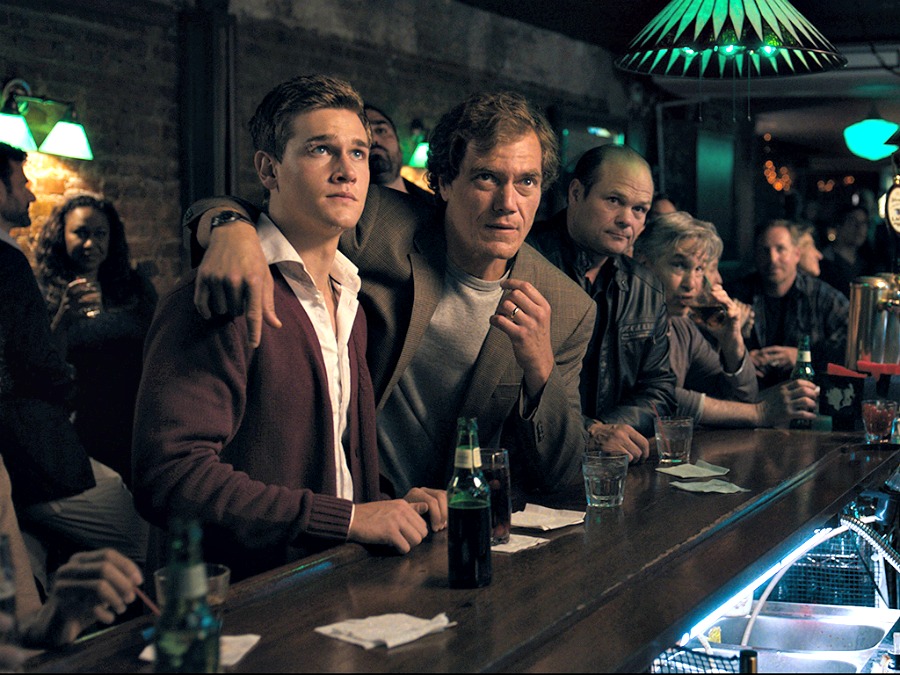Best of the Week: 'The Magnificent Seven' Trailer, Tribeca Film Festival Buzz and More
The Important News
Marvel Madness: Robert Downey Jr. was confirmed for Spider-Man: Homecoming. Tony Revolori and Laura Harrier also joined Spider-Man: Homecoming. But Michael Keaton has left talks to play the new Spider-Man villain. James Gunn stated he’d like Annihilus and Kang to be villains in future Guardians of the Galaxy movies.
DC Delirium: Willem Dafoe joined the Justice League movies.
X-Men X-Citement: Hugh Jackman’s Wolverine could be replaced by female clone X-23.
Box Office: The Jungle Book outperformed its expectations. Captain America: Civil War is already outselling all other Marvel movies.
Remake Report: Dwayne Johnson and Kevin Hart will star in the Jumanji remake. Pamela Anderson joined the cast of Johnson’s Baywatch movie.
Franchise Fever: J.A. Bayona will direct Jurassic World 2. Twelve writers joined the G.I. Joe cinematic universe writer’s room. Sigourney Weaver says Neill Blomkamp’s Alien sequel is still happening.
Sequelitis: Jon M. Chu will return to direct Now You See Me 3. Arnold Schwarzenegger confirmed he’d like to star in the new Predator sequel. Independence Day: Resurgence will feature new aliens. Ana de Armas joined Blade Runner 2.
Trekkie Tracks: Simon Pegg revealed Star Trek Beyond is a standalone sequel.
Casting Net: Daisy Ridley will star in the J.J. Abrams-produced fantasy thriller Kolma. Fran Kanz joined The Dark Tower.
Reel TV: Kurt Russell, Kate Hudson and Mel Gibson will star in the TV series The Barbary Coast. Three’s Company is going to be redone as a movie.
New Directors, New Films: James Ponsoldt will direct a movie about the start of MTV. Alfonso Cuaron will help with Andy Serkis’s now delayed Jungle Book.
R.I.P.: Prince (1958-2016).
The Videos and Geek Stuff

New Movie Trailers: The Magnificent Seven, Jason Bourne, Warcraft, The Founder, The Girl on the Train, Cafe Society, The Infiltrator, Equals, No Men Beyond This Point and Hands of Stone.
See: What the effects of Avatar 2 might look like.
Learn: How Obi-Wan Kenobi almost survived in Star Wars.
Watch: What would happen if Captain America fought a Jedi Knight.
See: A disturbing vegan barbecue that roasted a replica of E.T.
Watch: An honest trailer for Superman Returns.
See: Elizabeth Banks as villain Rita Repulsa in Power Rangers.
Watch: A fan theory that Joy is the true villain in Inside Out.
See: What Tim Burton’s Game of Thrones would look like. And a new Tim Burton-themed bar.
Watch: A supercut of the best stoner movies.
See: Russia’s Soviet-era werebear superhero movie.
Watch: Chris Pratt gives a tour of the Milano on the Guardians of the Galaxy Vol. 2 set.
See: What a Disneyland My Neighbor Totoro attraction would look like.
Watch: Everybody Wants Some!! redone as a horror movie.
See: This week’s best new posters.
Our Features

Tribeca Film Festival Buzz: Why Wolves is the best film of this year’s festival.
CinemaCon Interview: Jared Leto compares playing the Joker to having sex.
Comic Book Movie Guide: What if the Captain America: Civil War teams were swapped?
Comic Book Movie Guide: How Prince made superhero movies into pop culture events.
Geek Movie Guide: Civil wars in five geeky genre movies.
Home Viewing: Here’s our guide to everything hitting VOD this week.
and
MORE FROM AROUND THE WEB:





